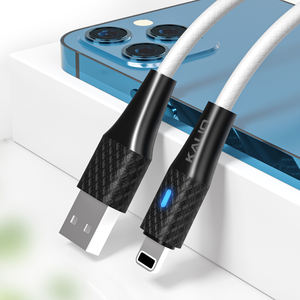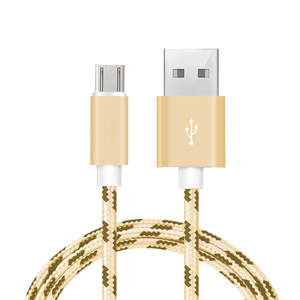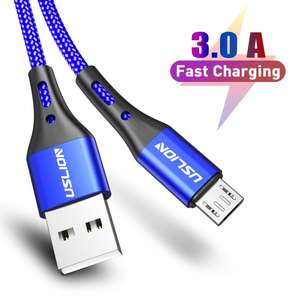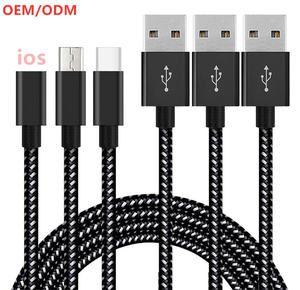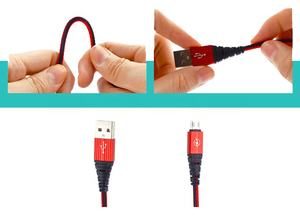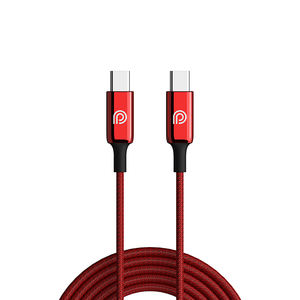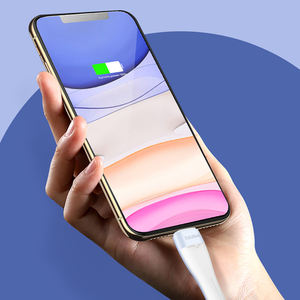What is the data cable?
The data line is used to connect mobile devices and computers to achieve data transfer or communication purposes. In layman’s terms, it is a channel tool that connects computers and mobile devices to transfer files such as videos, ringtones, and pictures.



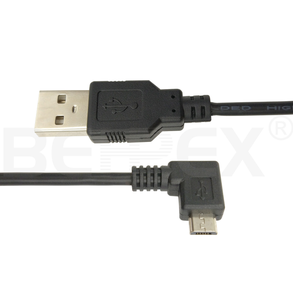

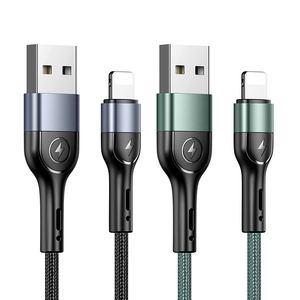
Common data line interface classification
At present, our common data line interfaces are mainly divided into two categories, one is COM interface and the other is USB interface.
The COM interface is also called the serial port, which is connected to the back of the desktop computer and is currently being eliminated. The advantage is that the price is low, and it supports flashing (some mobile phones can only use the serial cable to flash the machine); the disadvantage is that it is extremely inconvenient to remove and pull, does not support laptops, and the transmission speed is relatively slow.
The USB interface is the mainstream, the advantage is that it is convenient, fast and stable, and supports all types of computers; the disadvantage is that the price of the IC (central control chip) is slightly higher, and some data lines do not support the flashing function.

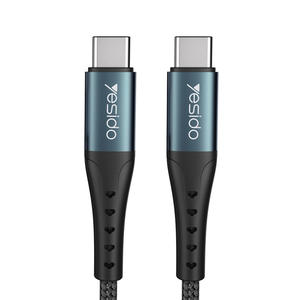
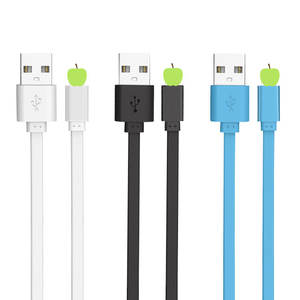
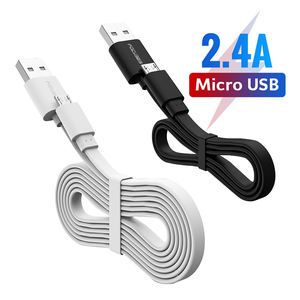
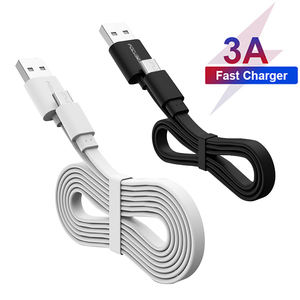

What are the types of data lines?
1. Internet line:
It can only be used for GPRS or CDMA 1X Internet access.
2. Brush line:
Can only be used to upgrade the flashing machine.
3. Synchronization line:
Used to transmit phone books; picture ringtones; short messages; multimedia data, etc. Of course, some of them are two-way transmission, and some only support one-way transmission. This type of data line is more common.
4. Charging cable:
Generally, it is an Internet cable or a synchronization cable plus a USB charging function, which is more practical and convenient, and is a necessary function for Internet access and group text messaging. It can also be subdivided into two types: charging and charging switch. The former is charged as soon as it is plugged in, and the latter has a small switch that can control whether to charge.
5. Multifunctional line:
At the same time, it supports 2 or more functions such as Internet access, synchronization, flashing, and charging.
6. M-bus:
The transmission rate is low (9.6kbp/s) and the hardware is relatively simple. It is mainly used with maintenance and unlocking software, which is what we often call “flashing the machine”. Although the transmission is slow, it is stable.
7. F-bus:
The transmission speed has been improved (115.2kbp/s), mainly used for wireless Internet access, transmission of ringtones, pictures, games, etc., which is our most common data line.
